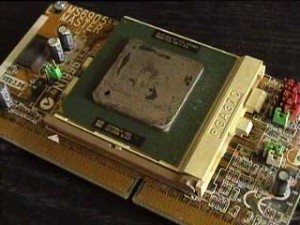If you happen to get a nice laptop with a powerful graphics card, such as polish HYPERBOOK SL502VR [1], it is highly probable that you will use UEFI boot mode. In that case you need to use SCFB [2] driver instead of VESA. Use the xf86-video-scfb package to get Xorg running.
Hybrid Graphics at first used MUX device that did a LCD connect to a selected video card on boot. Nowadays both cards use common Video Framebuffer [3] to draw over a screen. The simple video card (Intel in my case) is always active, while the more powerful and power consuming video card is started on-demand (nVidia in my case). This however requires a dedicated DMA BUF implementation, which is not yet available on FreeBSD, so none of the cards can see any monitor connected, resulting in “No Screens Found Error” from Xorg.
I have already reported a bug/feature request to nVidia. Also developers of FreeBSD are working on the Hybrid Graphics implementation.
[1] http://sklep.hyperbook.pl/hyperbook-sl502-vr-p651rp6g-gtx-1060-p-25965.html
[2] https://wiki.freebsd.org/Graphics/SCFB
[3] https://en.wikipedia.org/wiki/Framebuffer
